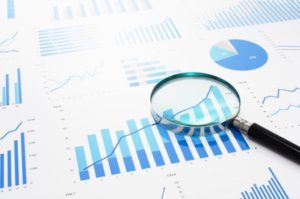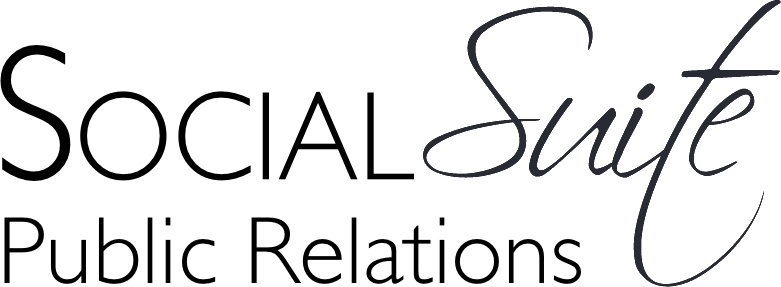
DATA & ANALYTICS
Instead of letting your data sit around, let your numbers do the talking
By Lisa Arledge Powell on January 25, 2019
Data, data everywhere and not a clue what to do with it? Whether this is your first time focusing on analytics or you’re a data pro, it’s sometimes difficult to know what your data actually means and how it can work for you. As brand storytellers, you already know how to craft a specific message to reach an audience. Now, you simply have to use those story-making brains to look at your data so you can learn more about customer wants and needs. Here to help is Brandi Boatner, social and influencer communications lead, global markets at IBM. With these tips, you can begin to use data to make decisions about your communications campaigns.
Use Platforms to “Trendjack”
We’ve talked about “newsjacking” for PR pros, and now it’s time to adopt that same mentality to data. Although you might be looking at backend data from platforms like Facebook or Twitter, don’t forget that the platforms themselves provide a great opportunity to gauge what’s top-of-mind for your audience.
“If you uncover a trend, or something that people are talking about, how can you as a communications professional tell that story differently?” said Boatner. “The platforms themselves give us so much information — what’s trending or a moment — how do we jump into a trend to tell our story within what’s already happening?”
By using “frontend data” or the trends you’re seeing happen in real time, you can leverage timely content to boost any long term goals you may have: i.e., increasing Twitter followers. Using this accessible data as a tool will allow you to be more agile in your messaging.
Become Google Analytics Certified
Google Analytics. We all use it, but how well do we use it? Within the Google Analytics platform is possibly the biggest opportunity to understand the story that your data is telling.
“Google Analytics certification is free,” said Boatner. “You can complete modules or the final tests to be certified, but we should all do it so we can better understand the analytics from Google.”
Seems straightforward, right? Don’t let your data go to waste simply because you’re having trouble interpreting the information that Google provides. With a background in how the platform functions, you can more easily respond to any changes you might need to make to ensure that your content is seen and interacted with. This is definitely one certification you should have in your toolkit.
Use Google Trends
You might be using Gmail, and probably Google Docs, and even Google Drive. But what about Google Trends? Never heard of it? You might be missing out.
“Google Trends is the most underutilized part of the portfolio,” said Boatner. “Google Trends tells you what people search on, when they search on it, where they live and related topics. It gives you so much information, yet PR people don’t use it.”
Instead of letting your data run you, or guessing at what might be trending in your region, Google Trends will give your data clarity and context. This simple tool is easy to incorporate into your analytics strategy and comes with easy-to-read graphs to boot. With Google Trends, trendjacking and data storytelling can become second nature.
Understand Basic Search Engine Optimization
Search engine optimization, or SEO, is an important tool for any analytics team. Understanding how keywords play into your storytelling and can ensure that your content isn’t going unseen.
“You have to understand how keywords are used and it’s really going beyond the keyword,” said Boatner. “It’s really about the semantic web, about your web experience, your user experience. Keywords are still important, but we have to have a basic foundational knowledge of SEO to know how we use search to better our campaigns and what we do.”
If you haven’t incorporated SEO into your old content, have no fear: we’ve talked tips to strengthen your SEO game and repurpose old messaging. These hacks will even get your new stories a leg up on competition — and the Google search page!
Data, data everywhere and now, we’re excited. By reapproaching your data from a storytelling point of view, you can begin to see how your numbers speak to larger pictures and trends and how they can inform your content and build your audience. What are you waiting for?
